Acceleration Problems Worksheet
If you're searching for a helpful resource to practice solving acceleration problems, then look no further than this Acceleration Problems Worksheet. Designed for students studying physics or any individuals interested in understanding motion and velocity, this worksheet offers a range of problems that focus on calculating acceleration and applying the appropriate formulas.
Table of Images 👆
More Other Worksheets
Kindergarten Worksheet My RoomSpanish Verb Worksheets
Cooking Vocabulary Worksheet
DNA Code Worksheet
Meiosis Worksheet Answer Key
Art Handouts and Worksheets
7 Elements of Art Worksheets
All Amendment Worksheet
Symmetry Art Worksheets
Daily Meal Planning Worksheet
What is acceleration?
Acceleration is the rate of change of an object's velocity with respect to time. It is a vector quantity, which means it has both magnitude and direction. Acceleration can occur when an object speeds up, slows down, or changes direction. The SI unit for acceleration is meters per second squared (m/sē).
How is acceleration calculated?
Acceleration is calculated by dividing the change in velocity by the time it takes for that change to occur. The formula for acceleration is a = (v2 - v1) / t, where a is the acceleration, v1 is the initial velocity, v2 is the final velocity, and t is the time taken for the change in velocity to occur.
What is the difference between positive and negative acceleration?
Positive acceleration occurs when an object speeds up in the direction of its velocity, while negative acceleration, also known as deceleration or retardation, occurs when an object slows down in the direction of its velocity. Positive acceleration results in an increase in speed, while negative acceleration results in a decrease in speed.
How does mass affect acceleration?
Mass affects acceleration inversely - a greater mass requires more force to accelerate at the same rate as an object with less mass. This is due to Newton's second law of motion, which states that the acceleration of an object is directly proportional to the net force acting on it and inversely proportional to its mass. Therefore, the larger the mass of an object, the slower it will accelerate for a given force.
How does force affect acceleration?
Force and acceleration have a direct relationship, according to Newton's second law of motion. The acceleration of an object is directly proportional to the force applied to it and inversely proportional to the mass of the object. This means that the greater the force applied to an object, the greater its acceleration will be, assuming the mass remains constant. In other words, a larger force will result in a larger acceleration, while a smaller force will result in a smaller acceleration.
What is the formula for finding average acceleration?
The formula for finding average acceleration is: average acceleration = change in velocity / time taken.
What is the unit of measurement for acceleration?
The unit of measurement for acceleration is meters per second squared (m/s^2).
How is time related to acceleration?
Time is related to acceleration as an increase in acceleration over time will result in a change in an object's velocity. Acceleration is the rate of change of velocity over time, meaning the longer acceleration is applied to an object, the greater the change in its velocity will be. Time plays a critical role in determining the extent of acceleration's impact on an object's motion, with more time resulting in a larger change in velocity due to acceleration.
Can an object have acceleration without a change in velocity?
No, an object cannot have acceleration without a change in velocity. Acceleration is defined as the rate of change of velocity with respect to time, so if there is no change in velocity, there would be no acceleration present in the object.
How is acceleration related to the net force acting on an object?
Acceleration is directly proportional to the net force acting on an object. This means that the greater the net force applied to an object, the greater the acceleration will be, and vice versa. In other words, if the net force on an object increases, its acceleration will also increase, assuming the mass of the object remains constant.
Have something to share?
Who is Worksheeto?
At Worksheeto, we are committed to delivering an extensive and varied portfolio of superior quality worksheets, designed to address the educational demands of students, educators, and parents.

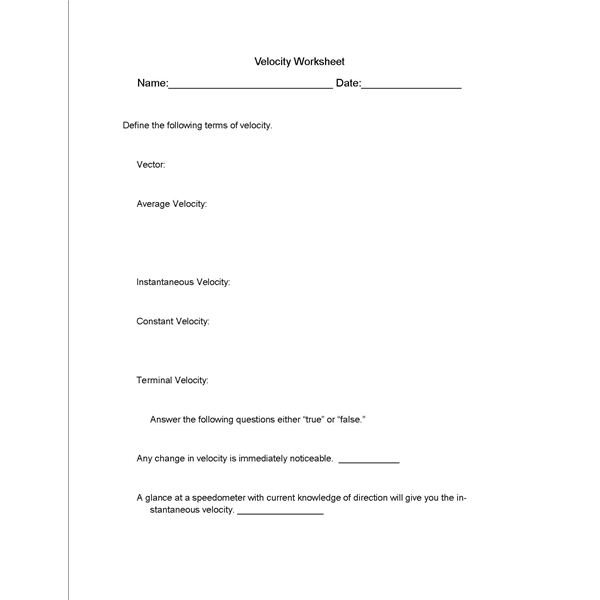



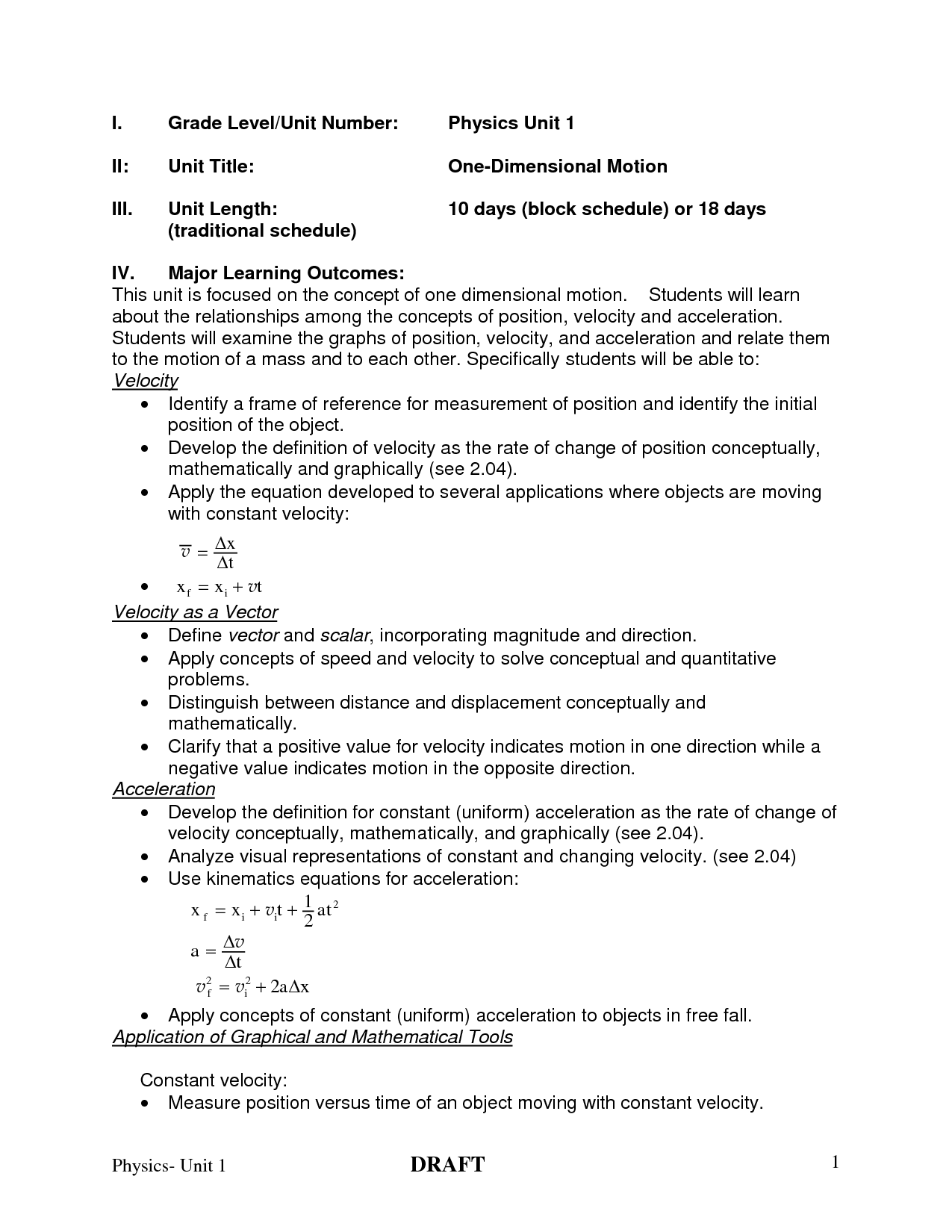
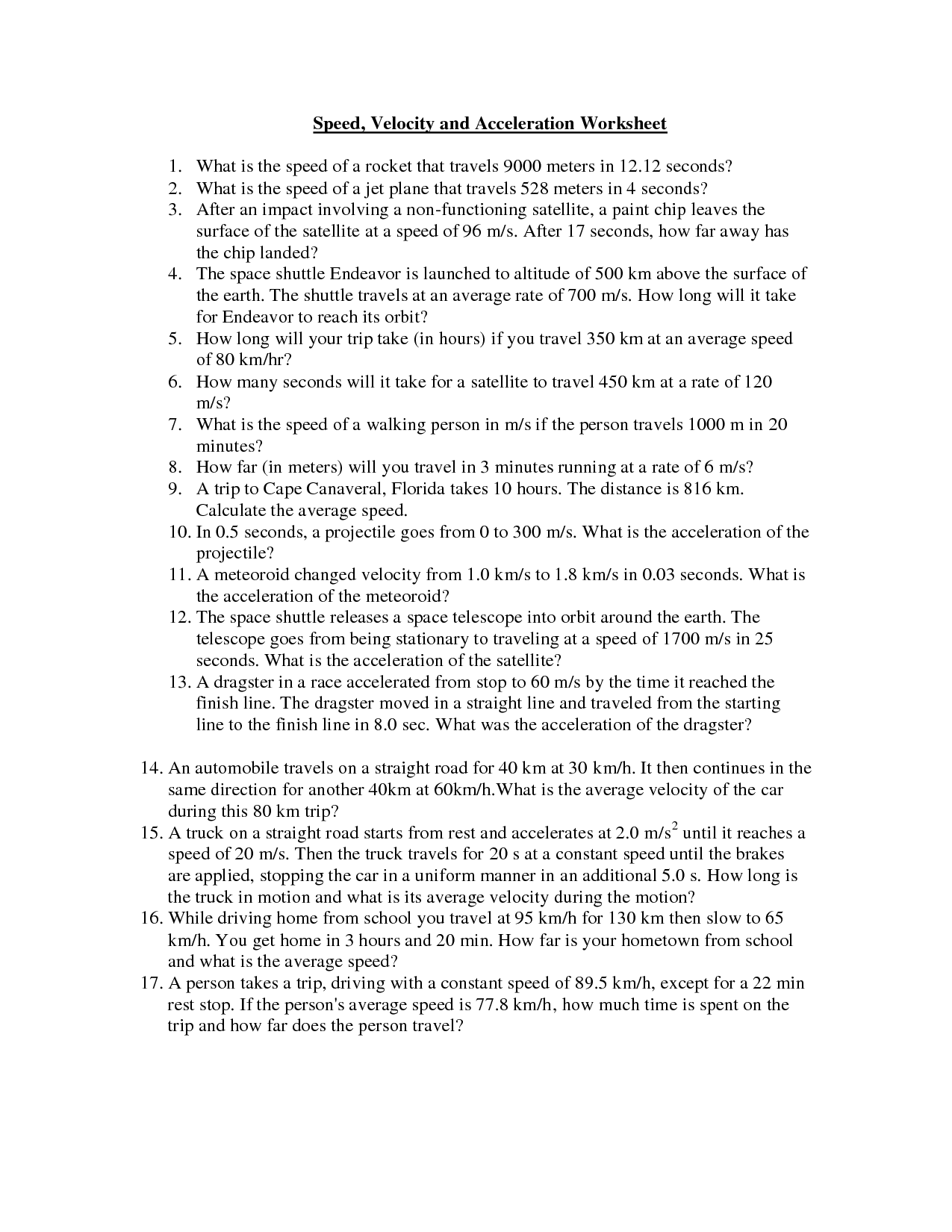
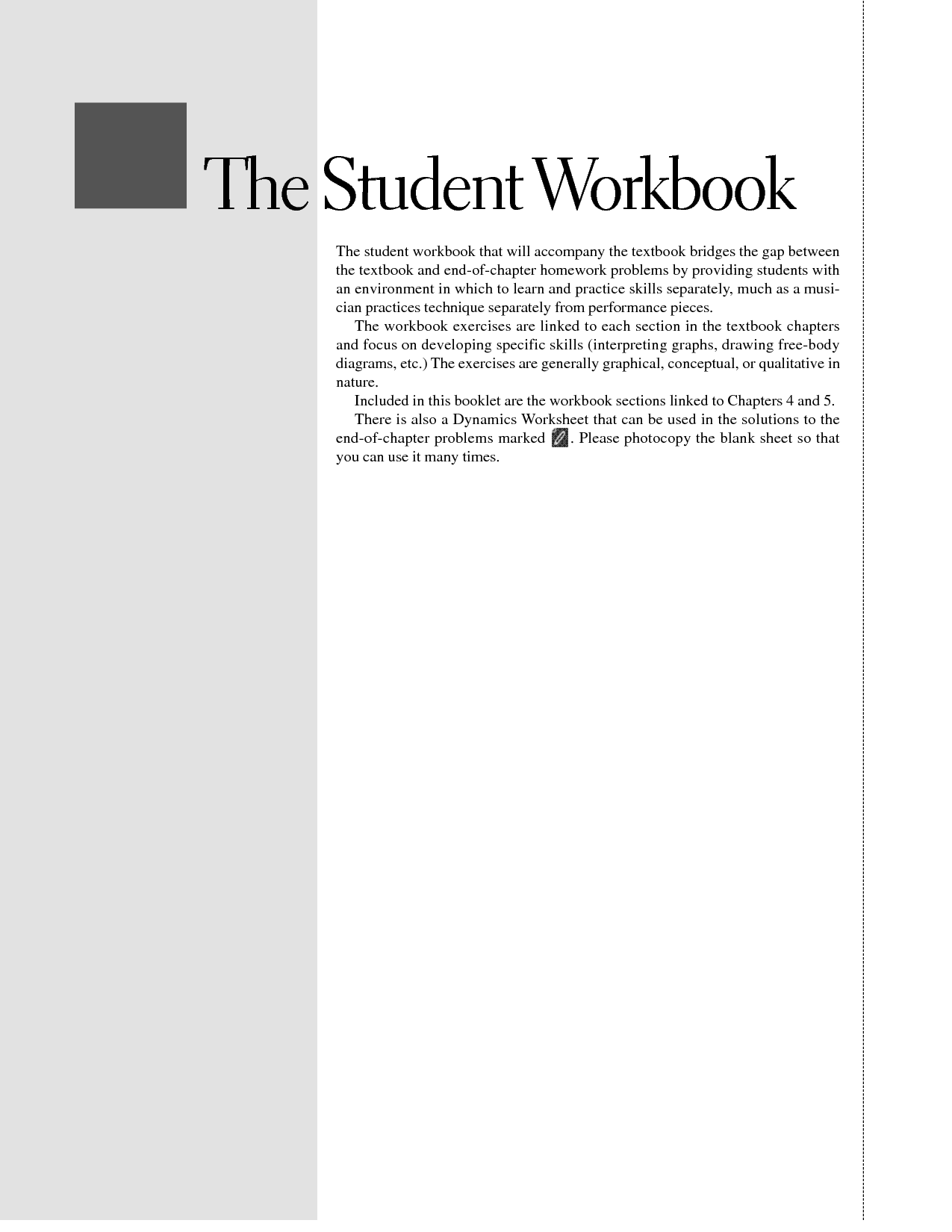
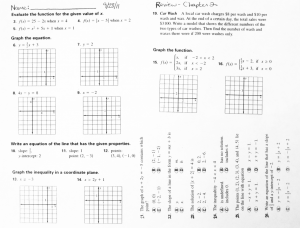
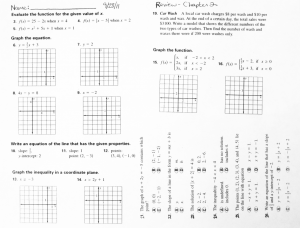
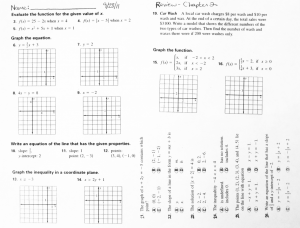
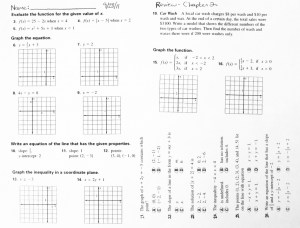














Comments